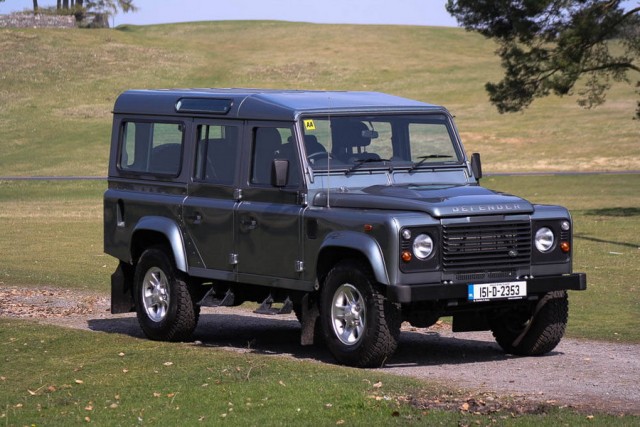Published on May 17, 2015
Land Rover Defender review
It's 67 years old and about to be retired; how does the Defender stack up in its dying days?

Neil Briscoe
@neilmbriscoe
@neilmbriscoe
Pics by Dave Humphreys













